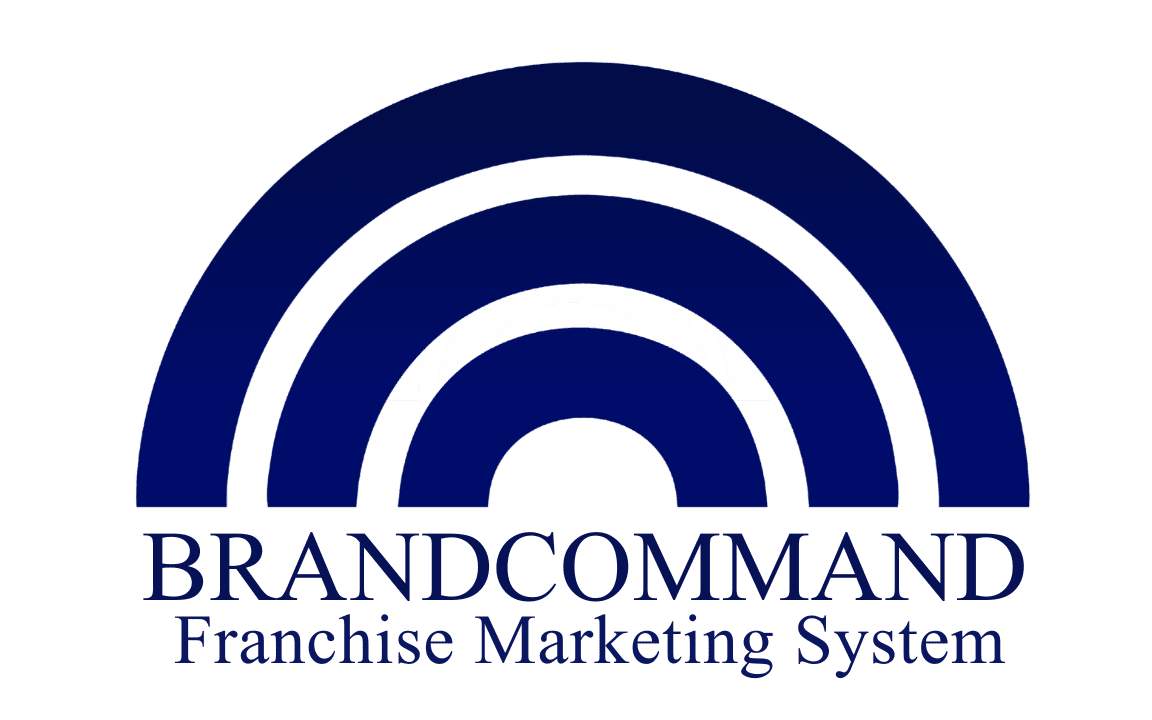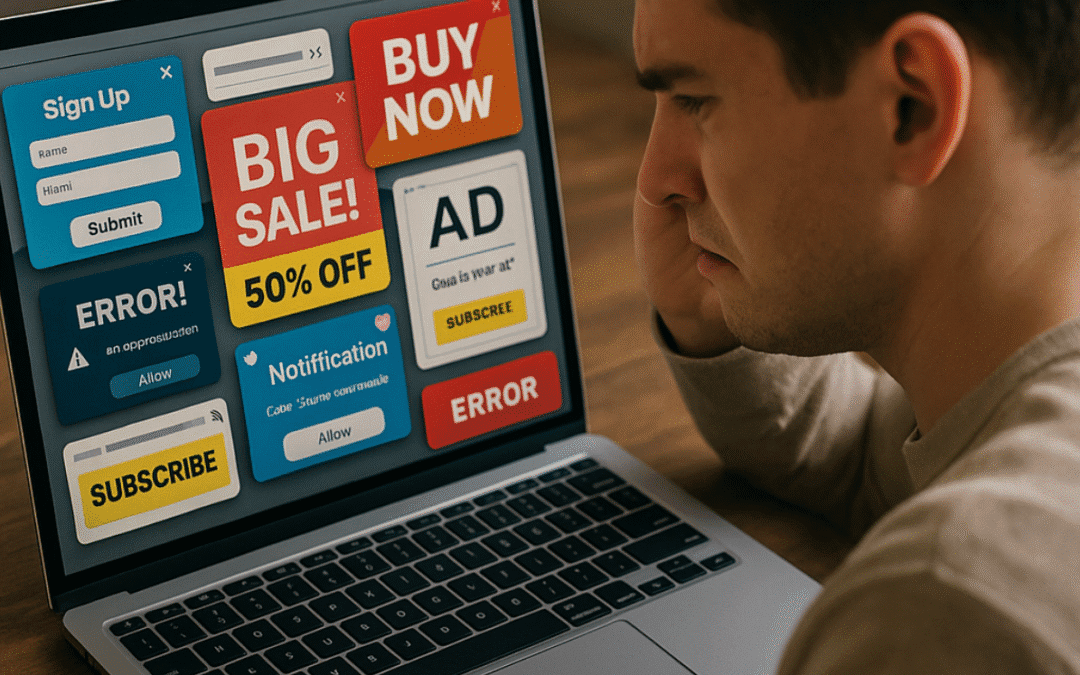You’ve put time and effort into your website. You chose colours that match your brand, added professional photos, and included all the details someone might need to get in touch or learn more. But still, visitors bounce away within seconds. It’s frustrating, and it can feel like a personal loss, but it’s more common than you think.
These quick exits usually have clear, fixable reasons behind them. The good news is, most of these can be solved with smart changes and support from media marketing services. From load speed to layout, small improvements can make a big impact on how long someone sticks around.
Poor Website Design or Layout
Website visitors don’t give second chances. They’ll decide whether to stay or leave within a few seconds of landing on your site. That first impression is shaped by design, layout, and functionality. If your homepage is cluttered, hard to navigate, or looks outdated, it sends the message that your business isn’t professional or trustworthy.
Too many visual elements, unclear navigation, or overlapping text can be confusing. People don’t want to dig around to find what they came for. And if your website takes too long to load, most won’t wait. They’ll click away and move on to the next option.
Try these layout fixes to help keep visitors:
– Keep your layout simple and consistent with a clear path for navigation.
– Use white space strategically so your content feels easy to absorb.
– Stick to two or three main colours and avoid using too many fonts.
– Place your most important information where it’s easy to find.
– Optimise your images to load faster by reducing file sizes.
Media marketing services can redesign or refine your current layout based on what visual styles and structures work best in your industry. With experience in turning cluttered websites into sleek customer experiences, they know how to make your design help rather than hurt your goals.
Irrelevant or Low-Quality Content
Even if your layout is clean, visitors won’t stay if your content doesn’t speak to them. The words on your site should clearly show that you understand what your audience is looking for and how you can help. If your content is outdated, too technical, or feels like filler, you lose credibility quickly.
Your content should give people answers, reassurance, or useful detail. Instead of broad or vague statements, focus on what people genuinely want to know.
Here are some quick ways to improve your site’s content:
– Use clear headings that match what people are searching for.
– Get to the point quickly, especially on your homepage and service pages.
– Include short paragraphs and break up text with bullet points.
– Avoid jargon or insider terms unless your audience expects them.
– Make each page focus on one key topic, problem, or solution.
With ongoing support from media marketing services, you can develop a plan for writing or refreshing your website content on a regular basis. Keeping things readable, relevant, and current sends the right message and can help you stand out from competitors.
Lack of Mobile Optimization
Most people these days browse websites on their phones. If your website only looks good on a desktop, you’re missing out on a huge part of your audience. A mobile site that’s hard to read, too zoomed out, or filled with buttons that don’t work will send people packing.
Even small annoyances add up. Maybe a form won’t load properly or scrolling across the page feels clunky. That kind of experience reflects directly on how people see your business.
To improve mobile usability:
– Choose a responsive design that adapts to different screen sizes.
– Keep fonts and buttons large enough to read and tap easily.
– Put key information higher up on the page so users don’t have to scroll too far.
– Test your layout on both phones and tablets to spot any display issues.
– Consider mobile-specific layout adjustments to prioritise loading speed.
Media marketing services can help identify which parts of your mobile experience create friction. Whether it’s redesigning mobile menus or fixing problems users have reported, expert guidance makes it easier to deliver a friction-free mobile visit.
Annoying Pop-ups and Ads
Pop-ups and ads can help with things like newsletter signups or promotions, but when used incorrectly, they can frustrate people enough to leave. No one likes being interrupted the second they open a page. Worse yet, some designs make it hard to close the window or avoid it entirely.
It’s even more annoying if pop-ups feel repetitive or too aggressive. If someone’s already trying to read about your services or learn more about your products, you don’t want to scare them off before they make it to the right section.
Here’s how to keep pop-ups from derailing the experience:
– Delay pop-ups slightly so they don’t appear the moment someone arrives.
– Allow visitors to close them easily, without digging for a tiny X.
– Use them sparingly—one pop-up is enough at a time.
– Never autoplay sounds or use distracting animations.
– Only use exit pop-ups when visitors move toward closing the page.
With help from media marketing services, you can find a balance between promoting offers and preserving a good user experience. They can set up smart rules based on behaviour and timing so your site doesn’t feel like a sales pitch the entire time.
Making Your Website Visitor-Friendly
Your website should be easy to explore, read, and act on. Visitors need quick access to what matters most—whether that’s booking a service, contacting your business, or finding out how you can help. If too many things are in the way or feel disjointed, it creates a poor impression.
The goal is to respect your visitors’ time. Clean visuals, fast-loading pages, informative content, and working links all play a part. When your site answers questions or solves small pains without effort, people stay longer and trust you more.
To improve visitor-friendliness:
– Check your pages regularly for broken links, old info, or confusing layouts.
– Add user-friendly calls to action that feel helpful, not like pressure.
– Organise your pages so they follow a logical flow that anyone can follow.
– Regularly monitor visitor data to see which pages work and which ones get ignored.
– Collect and act on feedback when users mention things that frustrate them.
Media marketing services can help keep your website up to date, offering suggestions based on user behaviour and experience research. With their support, you’re not guessing what works—you’re making confident decisions backed by data.
Why An Engaging Website Matters
Your website isn’t just a brochure. It’s often the first interaction someone has with your business. When that experience is pleasant, clear, and fast, it encourages people to learn more, take action, and come back later.
Every page should show that you’ve thought about the person reading it. From the way the menu works to the words you use, everything should build trust and reduce confusion. The better your site works, the more likely someone is to become a customer.
Imagine a potential client searching for help and landing on your site. If things load smoothly, content answers their question, and the contact button is right where they expect it, that visit will probably end in a message or booking. When done well, your site becomes the team member that works 24/7 to welcome and guide people in the right direction.
Creating a better experience doesn’t mean redesigning your whole site overnight. It means paying attention to what people need and making thoughtful adjustments along the way. And that’s where BrandCommand comes in.
Enhancing your website’s performance doesn’t have to be overwhelming. If you’re ready to create a site that keeps visitors engaged and converts them into customers, consider exploring how our media marketing services can help with everything from design to content management. Discover what BrandCommand can do to ensure your site captivates its audience.


